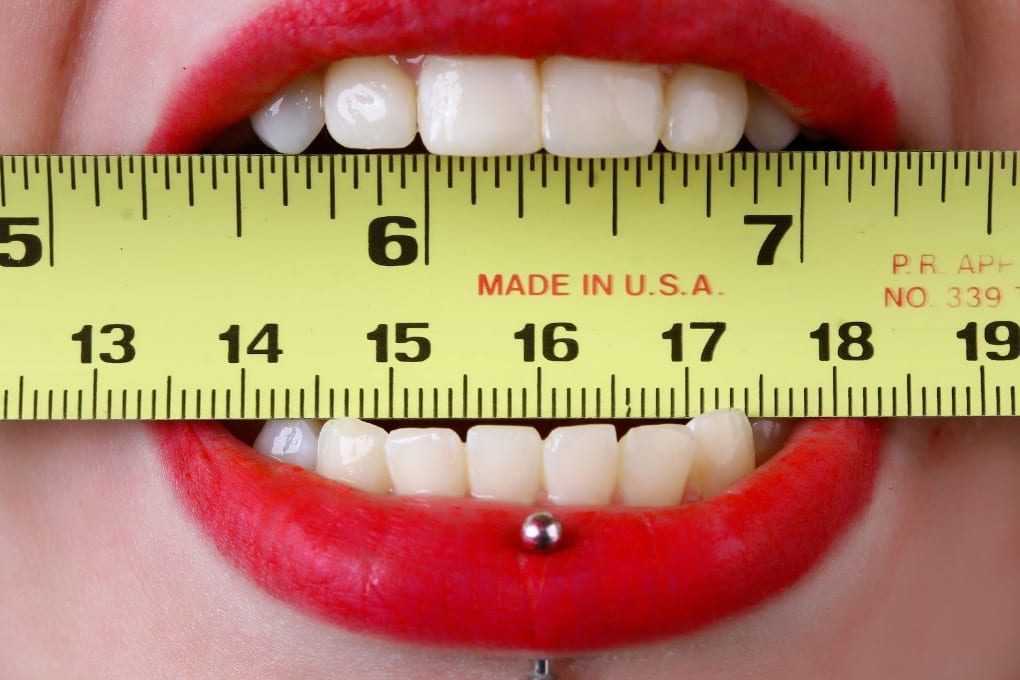Our teeth are such a personal trait and provide us with confidence and smiles. Orthodontists make our pearly whites straighter, fix our under or overbites, and are experts in jaw alignment. If you want to learn how to become an orthodontist, learn more about the profession and follow the step-by-step guide below.
What Is an Orthodontist?
An orthodontist is someone your dentist will refer you to as they have graduated from years of dental school and practice dental medicine to provide oral health. An orthodontist’s main aim is to give you a lovely, straight smile.
Orthodontists give us braces to straighten our teeth, but they are also experts in things like jaw alignment and facial structure. But what else does an orthodontist do day-to-day?
What Does an Orthodontist Do?
Orthodontists use tools like molds to create the perfect corrective equipment for your teeth. They also understand complex structures of the face and jaw and how those affect the whole body. They treat patients’ teeth and jaws while also being aware of their dental and medical history.
Reviews Medical and Dental History
The first thing an orthodontist does is review the medical and dental history of a patient. This ensures the patient’s safety when carrying out any procedures. Skipping this could lead to unnecessary harm to the patient, which you don’t want when your aim is to help them.
Dental Appliances
After a scan, an examination, and some discussion about your teeth, your orthodontist plans your treatment. You may be prescribed braces, a retainer, or a mouthguard.
Follow Up Appointments
During treatment, an orthodontist will monitor patients and make sure treatment is running smoothly. With braces, orthodontists usually need to keep making adjustments to tighten them to ensure teeth slowly align.
Essential Orthodontist Skills
Diagnosis and Treatment Planning
You’ll need to be able to diagnose patients and keep records for future appointments, and then effectively provide treatment plans for your patients.
Communication
You’ll need to have excellent active listening and speaking skills to help patients to the best of your ability. You’ll need to explain to patients their particular oral health issues and discuss treatment options with them. You will also be working closely with other staff members and healthcare providers, and a lot of your patients will be children and teenagers.
Hand-Eye Coordination
Good hand-eye coordination is ideal when dealing with oral health. You’ll be spending time with your hands inside people’s mouths, doing so carefully as you don’t want to restrict anyone’s airway.
Problem Solving and Decision Making
Every mouth and bite is unique to that person, which means being an orthodontist is not a one-size-fits-all career. You’ll need to be able to solve individual patient’s issues and make informed decisions on their treatment.
Orthodontist Salaries and Job Outlook
The United States Bureau of Labor Statistics states that the mean salary for orthodontists was $225,760 in 2018. Further, the job prospects are super positive, with an expected seven percent growth between 2018 and 2028.
How Long Does it Take to Become an Orthodontist?
It takes anywhere from 10 to 14 years after a high school education to become an orthodontist; starting with an undergraduate degree, then onto dental school, and a residency/orthodontic program.
How to Become an Orthodontist: A Step by Step Guide

Here are the steps to becoming an orthodontist, the years it will take you, and some tips on what to expect for each step.
Step 1: Undergraduate Degree – 4 Years
Some dental schools accept students without a bachelor’s degree, as long as you have studied for two years in a pre-dental program. Otherwise, during your undergrad: complete science subjects like biology, chemistry, physics, and other sciences.
Check the dental school you want to go to and check what requirements they have, but you can usually major in science subjects like chemistry or biology.
Towards the end or earlier, you can begin studying for your DAT test and taking part in extracurricular activities that involve helping people or interning with an orthodontist to get a feel for the career.
Step 2: DAT Test
The dental admissions test (DAT) is the exam you will take as the educational requirement to get into dental school. The DAT exam consists of four sections:
- Survey of the Natural Sciences
- Perceptual Ability
- Reading Comprehension
- Quantitative Reasoning
Check the American Dental Association (ADA) for more information and their Dental Admission Test Program Guide.
Step 3: Dental School – 4 Years
Here you will gain your DDM Doctor of Dental Medicine or your DDS Doctor of Dental Surgery. You will do classroom, laboratory, and supervised clinical studying. Be sure to pick an accredited dental school.
Topics you will be studying will range depending on the dental school, but it will usually have courses like:
- Physiology
- Biochemistry
- Anatomy
- Microbiology
Step 4: Get your License
The next step is to get your license to practice as a dental specialist. Passing another exam for this should allow you to practice dentistry.
Step 5: Postgraduate Orthodontics Residency Program – 2 to 4 Years
This additional training is where you can choose a specialty and can last two to four years. You will likely go into learning more about tooth movement and the guidance of facial development.
You might also be trained in research methodology, do case reports, and do research projects. And afterward, you can do an ABO board certification as a further commitment.
Should You Become an Orthodontist in 2020?

If the idea of improving people’s confidence in their smile sounds ideal to you, then a career in orthodontics might be what you’re looking for. The salary and job prospects are great, so if you’re keen and don’t mind studying for 10 to 14 years, then you most definitely should become an orthodontist in 2020.
Orthodontist FAQ
After your postgraduate studies you can do the board certification exam, it is a certification of the commitment to your practice. You can take the exam 18 months after beginning your postgraduate orthodontics program. And it will be further proof of your skill, check the American Board of Orthodontics for further information on board certification.
There is dentistry itself which is to examine people’s teeth for disease, decay, and deformation, fill cavities, and refer patients to orthodontists. Or there are prosthodontists who create replacements for or reconstruct people’s missing teeth.

"Career Karma entered my life when I needed it most and quickly helped me match with a bootcamp. Two months after graduating, I found my dream job that aligned with my values and goals in life!"
Venus, Software Engineer at Rockbot
About us: Career Karma is a platform designed to help job seekers find, research, and connect with job training programs to advance their careers. Learn about the CK publication.



